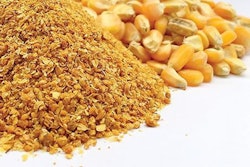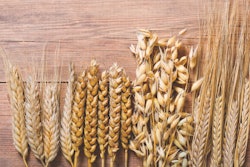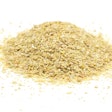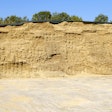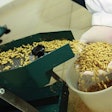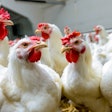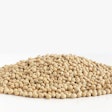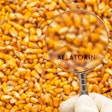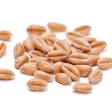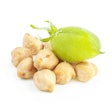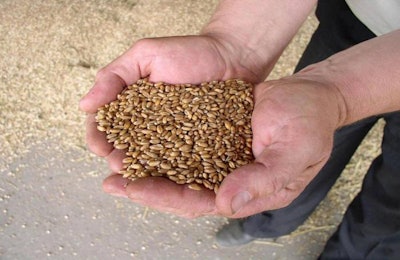
2 major problems must be addressed when considering alternative agro-industrial products
A good part of my work, as a Ph.D. plant physiologist consulting for the animal feed industry, is the evaluation of several agro-industrial byproducts. This involves an examination of their chemical (nutrient) characteristics, and the presence of other substances (anti-nutritional factors) that may impair or even threaten animal health and well-being. This is only half the work required, as a thorough review of literature combined with long-term experience in using such product is completed by a qualified animal nutritionist consultant.
Not surprisingly, the animal feed industry has relied long enough on simple formulations based on cereals (corn, wheat) and soybeans (or lately, rapeseed meal). This can no longer be sustained at affordable prices – due to myriad present-day reasons – and thus, there is an increasing demand for information regarding long-forgotten (but still used by ruminants) ingredients that could replace simple cereals and protein sources at the eve of a new super-high-price era that is not predicted to end any time soon.
The list of such agro-industrial products suitable for poultry and pigs (monogastric animals) that are not too rich in fibers and contain enough energy and protein to sustain their high growth potential is not insignificant. There are two major problems that need to be addressed before they can be considered further:
- Local availability. Products like pasta waste (or byproduct) are available nearly everywhere wheat is milled to semolina and then converted into pasta. On the other hand, sugar-beet (sugar) processing plants are scarce and operate only a few months every year. So, availability is a major hurdle in securing a constant supply of suitable alternative raw material on a year-round schedule. This problem is counteracted by having more than one source of such materials or having enough storage capacity to fulfil year-round requirements. Nevertheless, all these create new logistical problems, which hopefully will cost less than having to use expensive classic raw materials.
- Variability. A trader of alternative raw materials is an excellent (short-term) solution to expensive classic raw materials. But, if they buy from several sources (say, from a variety of ice cream factories) and blend the products, then resulting product may not be of a standard quality or chemical composition. Or, it might be if they do the mixing properly and they know beforehand what is that they are buying year-round. So, it pays to give some attention to variability. Even buying from a single factory can become a concern if their “waste” is subject to seasonal variability. For example, a fruit juice factory that produces fruit pulp (dried) may include more oranges during one season and more apples during another. They do not care what their waste contains, but animals and nutritionists do. Again, knowing the origin (characterization) of the byproduct and having a good rapport with the source is a must before even considering entering such “exotic” raw material in the feed formulation matrix. The more so, when such materials are imported from long distances through traders (such examples are tapioca and copra meal).
As with most things in life, opportunities come with challenges, and getting to know well what you buy is a sure way to avoid surprises later. When it comes to using agro-industrial byproducts, the first two hurdles are local/seasonal availability and chemical/nutrient variability. After that, it takes a good nutritionist with experience in such work to enter them successfully into any formula to reduce feed cost without sacrificing animal performance.

